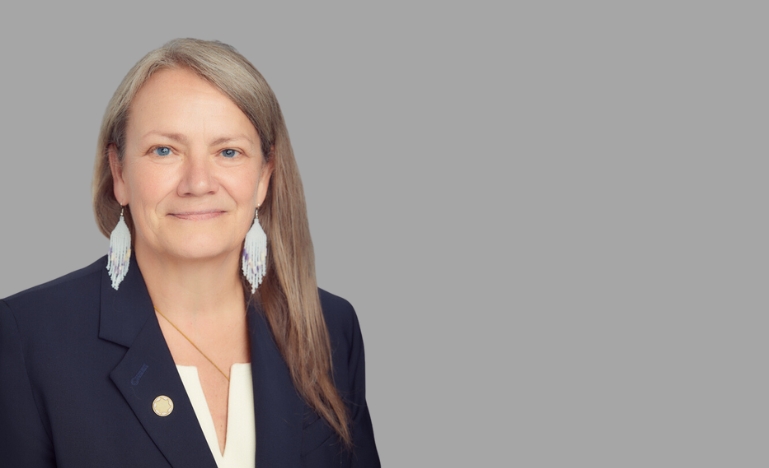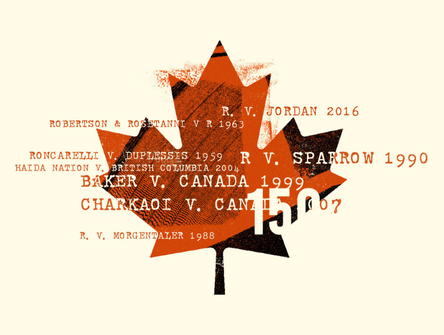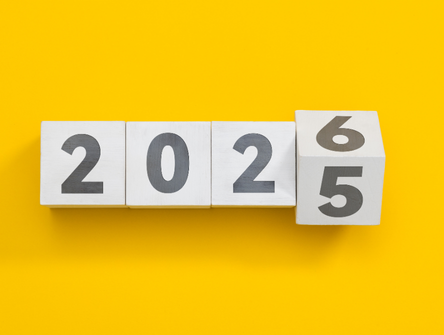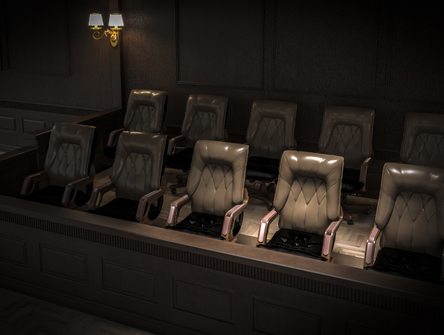A conversation with Kimberly Murray
The special interlocutor spoke with CBA National about the efforts to locate, repatriate, and commemorate Indigenous children who died in residential schools.

Over the past year, Indigenous elders and survivors have been telling Kimberly Murray they don't need another colonial law because they have their "own laws."
As special interlocutor to lead consultation efforts on unmarked graves and burial sites at former residential schools, Murray has responded that "a new" law is necessary. "Because we need a law that tells the non-Indigenous people what their responsibilities and obligations are to these unmarked burials."
Murray is approaching the one-year anniversary and midpoint of her mandate to design a federal legal framework to treat and protect the unmarked graves and burial sites. She will file her report to Justice Minister David Lametti in June, having heard about the barriers communities face in searching for and reclaiming lost Indigenous children.
The framework encompasses a complex tapestry of laws, regulations and policies spanning federal, provincial, and municipal legislation, as well as multiple ministries.
During her first year, Murray focused on building relationships with and assisting Indigenous survivors, groups, communities and families. She met with non-governmental organizations, churches and other institutions. She also identified how Indigenous laws and Canadian or colonial laws clash in the efforts to locate, identify, repatriate, and commemorate Indigenous children who died in residential schools and other institutions.
Many communities are "getting the run around" over access to records. Others struggle to get access to private lands where they can conduct searches or hold traditional ceremonies for the deceased children.
Murray says her interim report will provide details on how existing laws exacerbate these problems. Among the solutions contemplated are measures to return land to Indigenous communities through land swaps or governments purchasing property from private landholders "duped into" acquiring what they didn't know was a burial ground, in exchange for fair compensation. Murray said another challenge in returning land to Indigenous communities is that adding them to reserves is "really slow" and needs to be improved.
Murray also envisions extending the scope of the proposed framework to address potential burial sites at other related institutions -- hospitals, mental health facilities and provincial organizations, such as reformatories.
It will aim to provide "meaningful justice" when it comes to building developments, as there are "serious problems" under the current regime. "When looking for unmarked burials, the law only gets triggered when the shovel's already in the ground and already in the ancestors," she said. "We need laws that stop developments when there are potential burial grounds on site."
She said it's "a dirty little secret" amongst builders and developers that "if they find bones, they just rebury them." Even when existing laws are triggered, they aren't followed.
A case in point is the recent settlement agreement between a group known as the Mohawk Mothers and McGill University. The Mohawk Mothers filed an injunction in Quebec Superior Court to delay excavations for a redevelopment near Montreal's Royal Victoria Hospital site because they believed it contained unmarked graves of Indigenous children brought to the hospital for medical experiments in the 1960s. An agreement was reached in April, but Murray says they shouldn't have had to go to court in the first place.
"The law should say if there's potential for burial grounds, then there needs to be a pause, and these searches need to happen," she says.
Murray has her work cut out to create a legal framework covering archaeological mapping, digs, and policies for coroners and police to follow when bones or bodies are found. She must also navigate privacy and access to information laws that create enormous community barriers. She says that if there's a "willing chief archivist," then records can be accessed. But if not, it becomes a legal battle and communities don't often have lawyers negotiating on their behalf.
There is also a major conflict between colonial and Indigenous law. The former emphasizes individual and property rights, while the latter describes responsibilities regarding the use of the land, she says, adding judges and the judicial system are slowly recognizing the conflicts. Indigenous laws are not exactly homogenous either, says Murray. Communities differ in the ways they treat unmarked burial grounds on their territories. "Even between Indigenous communities, they have to have these conversations."
In building the framework, Murray will review national laws and division of power issues. She'll examine other countries' actions and Canada's responsibilities under international laws and conventions, including those that Canada has refused to sign, such as the Organization of American States' Declaration on the Rights of Indigenous People.
Keeping track of the work of different ministries is another facet of the job. Murray reports to the Minister of Justice, but Crown-Indigenous Relations and Northern Affairs Canada has undertaken research, memorialization initiatives, and fieldwork investigations with communities nationwide. The National Advisory Committee and the National Centre for Truth and Reconciliation also have a role in the search for missing children.
"I had an elder say to me the other day, 'I need a map; I need a chart that shows me all these entities,'" she says.
Murray remains positive about her progress overall. She has held four national gatherings, with two more to go, where hundreds of survivors and others have gathered to discuss topics relating to the search and recovery of missing children. They are essential to help communities coordinate and talk with one another.
"I'm not a truth commission, but survivors want to come and talk and share their experiences," says Murray. "As people and communities heal at different paces, it's really shown this important need to keep bringing survivors together in this way."
_______________
What role can lawyers play in the reconciliation process and the identification, recovery and memorialization of children who died and went missing at residential schools and affiliated institutions?
Special Interlocutor Kimberly Murray, a lawyer from the Kahnesatake Mohawk Nation, has three asks of the legal profession.
- Every lawyer needs to acknowledge how the law was used against Indigenous communities.
- Lawyers working with clients that may have records should encourage them to think about their role in perpetuating mass human rights breaches and how access to those records can aid in reconciliation.
- Lawyers must take direction from their clients, but even on the opposite side from Indigenous parties, they should educate themselves and avoid being offensive in court or mediation.
Beverly Jacobs, a Mohawk law professor at the University of Windsor, offers further advice for lawyers on both sides of the table issues.
- Respect Indigenous law. Most lawyers have not learned about Indigenous legal traditions. Colonial law is adversarial, based on "my right as an individual." With Indigenous law, individuals are part of a broader, bigger nation and relationship to the land.
- Establish a basic relationship and understanding of the people and history. Is it treaty land? Which nation was the original caretaker of the land? Learn how to say hello in the language of the group you're interacting with.
- Think and feel from a personal perspective. What would you feel if your children were stolen from you?
- Understand that Indigenous law is the transference of knowledge through language and ceremonies, which colonizers tried to erase. Honouring the spirit of missing children was never done.


